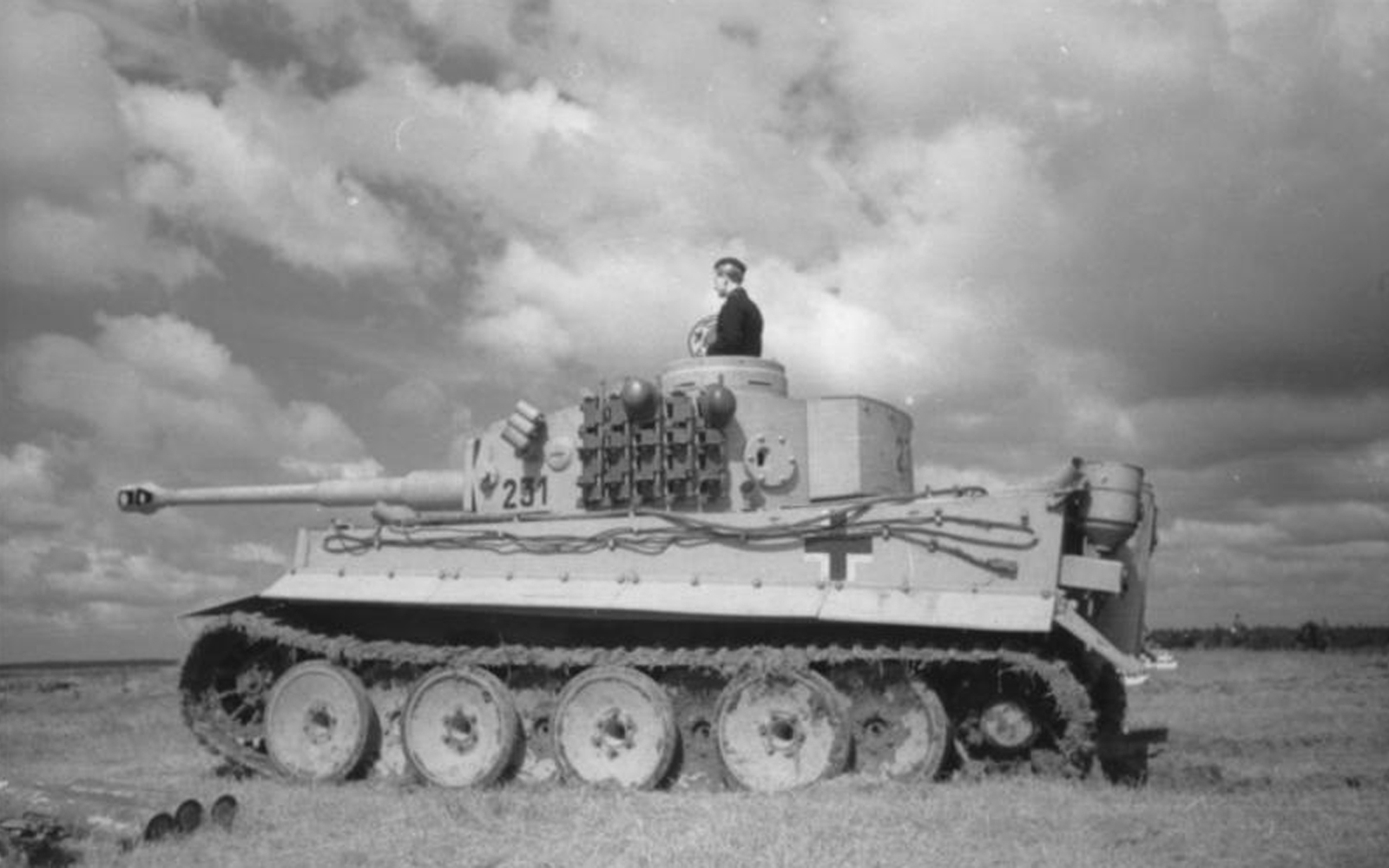
Panzerkampfwagen VI Tiger Militär Wissen
Panzerkampfwagen VI Tiger Sd.Kfz.181, 'Tiger I' specifications Sources Serial Production German Reich (1942-1945) Heavy Breakthrough Tank - 1,350 Built (1,376 Ordered) There is no other tank in AFV history which has captured the popular imagination more than the Panzerkampfwagen VI Tiger Sd.Kfz.181 of WW2.

Panzerkampfwagen VI Tiger Militär Wissen
The VK 45.01 (P), also informally known as Tiger (P) or Porsche Tiger, was a gasoline-electric drive heavy tank prototype designed by Porsche in Germany. Losing to its Henschel competitor on trials, it was not selected for mass production and the Henschel design was produced as the Tiger I.

The Beginnings of the Tiger Panzerkampfwagen VI Tiger 1 Ausf.E Firebase Challenger World of
Panzerkampfwagen VI Tiger I Pz.Kpfw. VI Ausf. E Tiger I (early) Waffen SS (1933-1945) 1 SS-Pz.Div. LAH S03 (Michael Wittmann) January 1944 World War 2 - Berdichev RAL7028 Dark Yellow with whitewash; 12 SS-Pz.Div. Hitlerjugend S13 1943 World War 2 RAL7028 Dark Yellow RAL6003 Olive Green RAL8017 Red Brown.
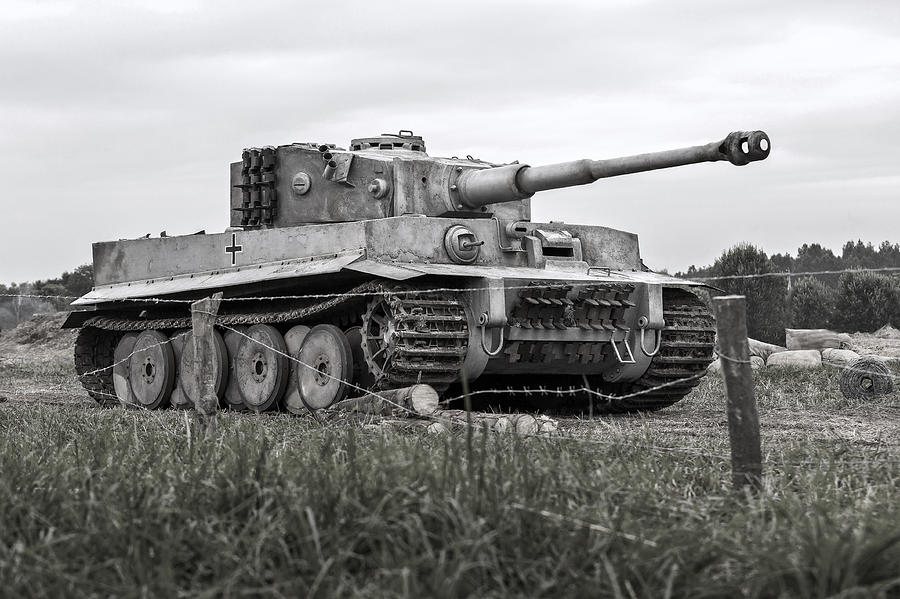
tank PzKpfw VI Tiger Photograph by Dmitry Laudin Pixels
Tiger-1 (Panzerkampfwagen VI) I modelt this model in blender en textured it in substance painter and I am realy proud on the result. The model has 23,534 tris. the tank has 16,466 tris and the tracks seperatly have 3534 tris. the tracks in total have 7.068 tris. (Last Edit: 18 November 2019) - Tiger-1 (Panzerkampfwagen VI) - 3D model by Hendrik_Provily
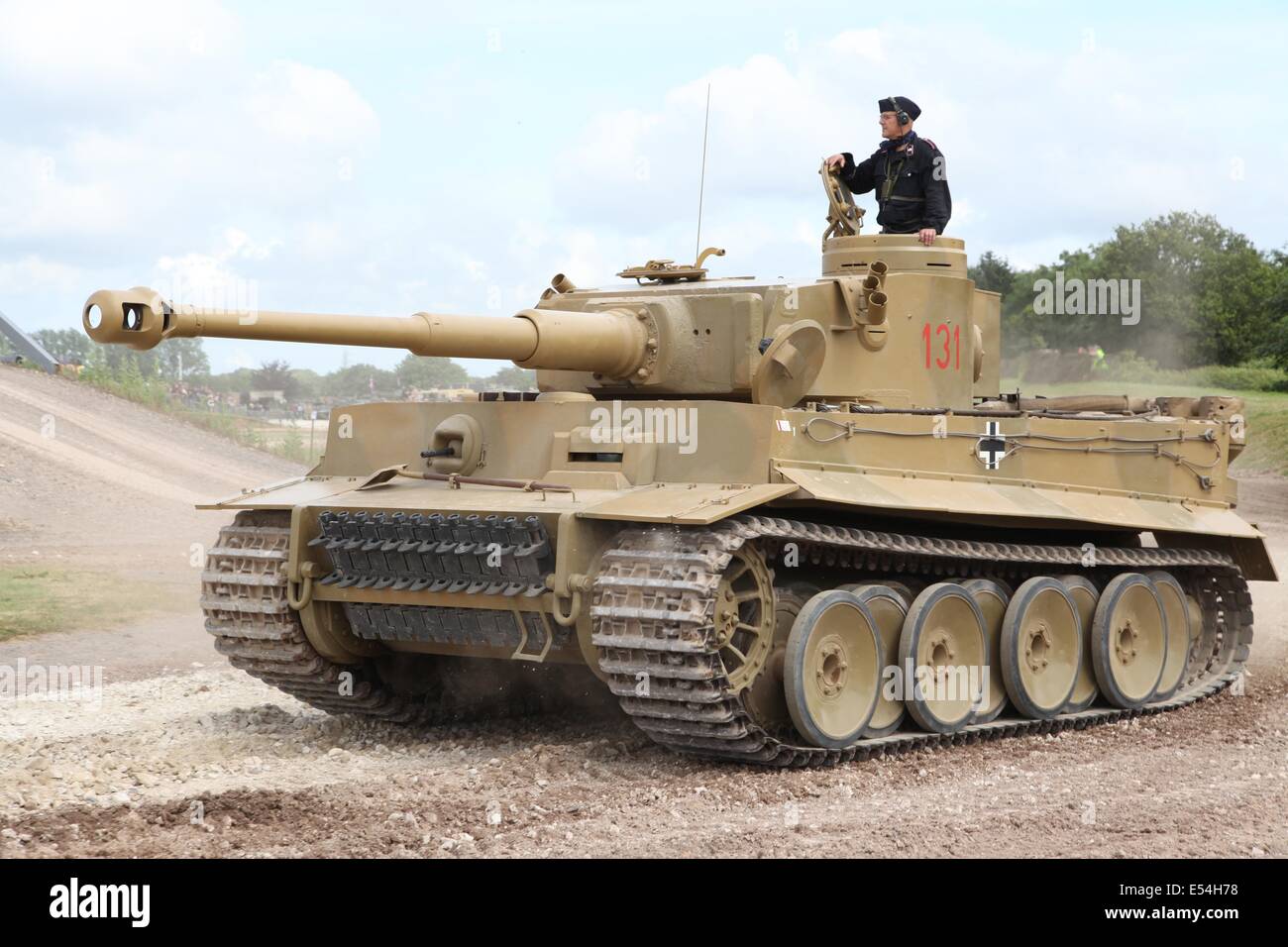
Tiger 1 sd Kfz 181 Panzerkampfwagen VI Ausf E Stock Photo, Royalty Free Image 72016092 Alamy
Der Panzerkampfwagen VI Tiger war ein schwerer deutscher Panzer, der vom Alleinhersteller Henschel in Kassel von 1942 bis 1944 gefertigt und von der Wehrmacht ab Spätsommer 1942 eingesetzt wurde. Aufgrund seiner starken Hauptwaffe und des hohen Panzerschutzes war der Tiger einer der kampfstärksten Panzer des Zweiten Weltkrieges.. Als schwerwiegende Nachteile galten neben der konventionellen.

TENTANG MILITER Tank Tempur Berat / Heavy Tank PzKpfw VI (Panzerkampfwagen VI) "TIGER"
E) and the Tiger II aka King Tiger ( Panzerkampfwagen Tiger Ausf. B AKA Königstiger ). Without a doubt, the Tiger tanks were indeed deadly and super-tough fighting machines. When the Tiger first.
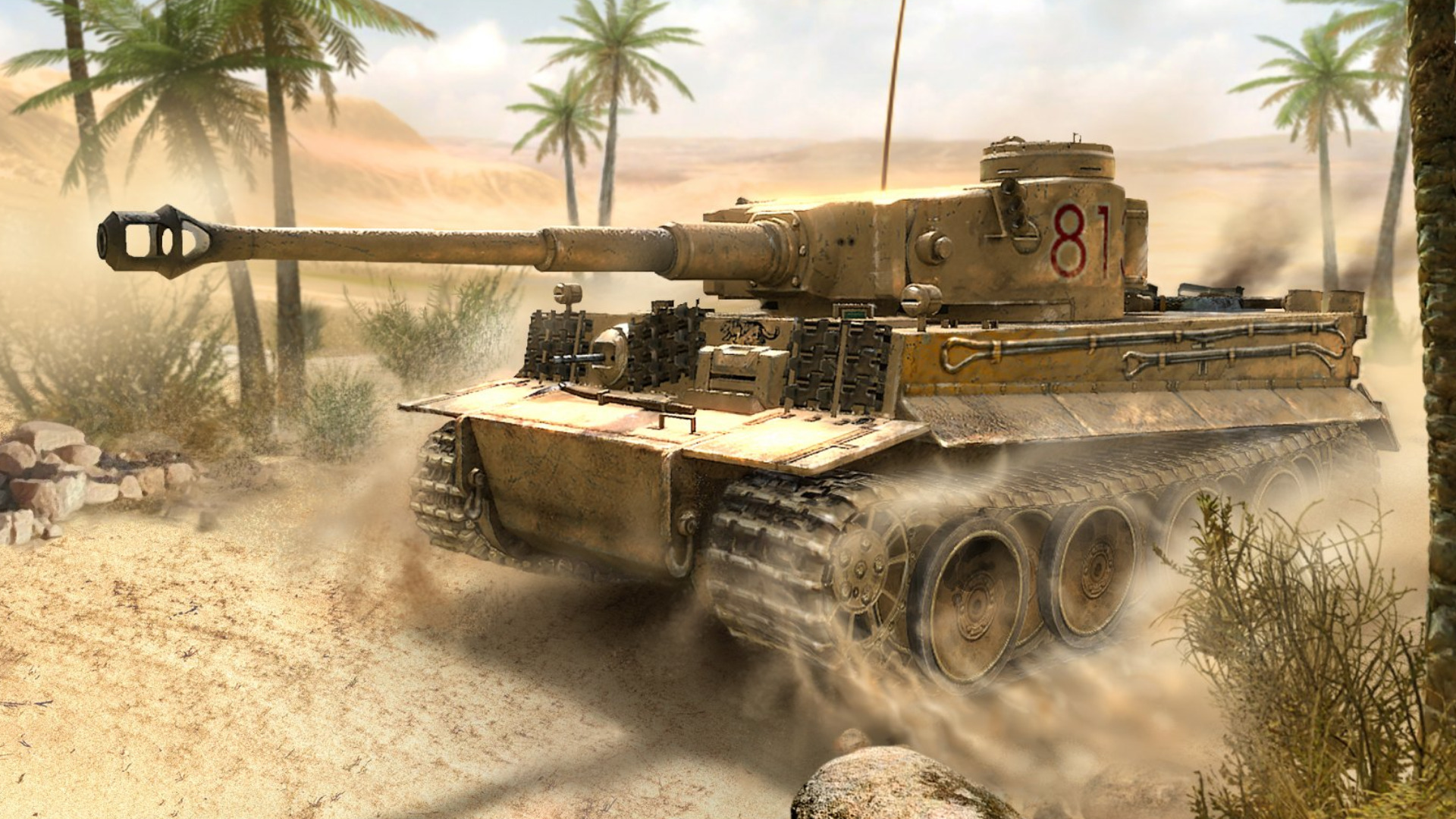
Panzerkampfwagen VI Tiger Militär Wissen
Known to the Allies as the Tiger I, the German model designation was Panzerkampfwagen VI, Tiger I (H1), Sd.Kfz. 181. It was built in Kassel southern Germany; with the hull being constructed by Henschel while the turret was made by Wegmann AG. The tank was completed in February 1943. It was shipped to Tunisia between 12 March and 16 April 1943.
.jpg)
FileBundesarchiv Bild 101I299180512, Nordfrankreich, Panzer VI (Tiger I).jpg Wikimedia Commons
The Tiger I ( German: [ˈtiːɡɐ] ⓘ) was a German heavy tank of World War II that operated beginning in 1942 in Africa and in the Soviet Union, usually in independent heavy tank battalions.
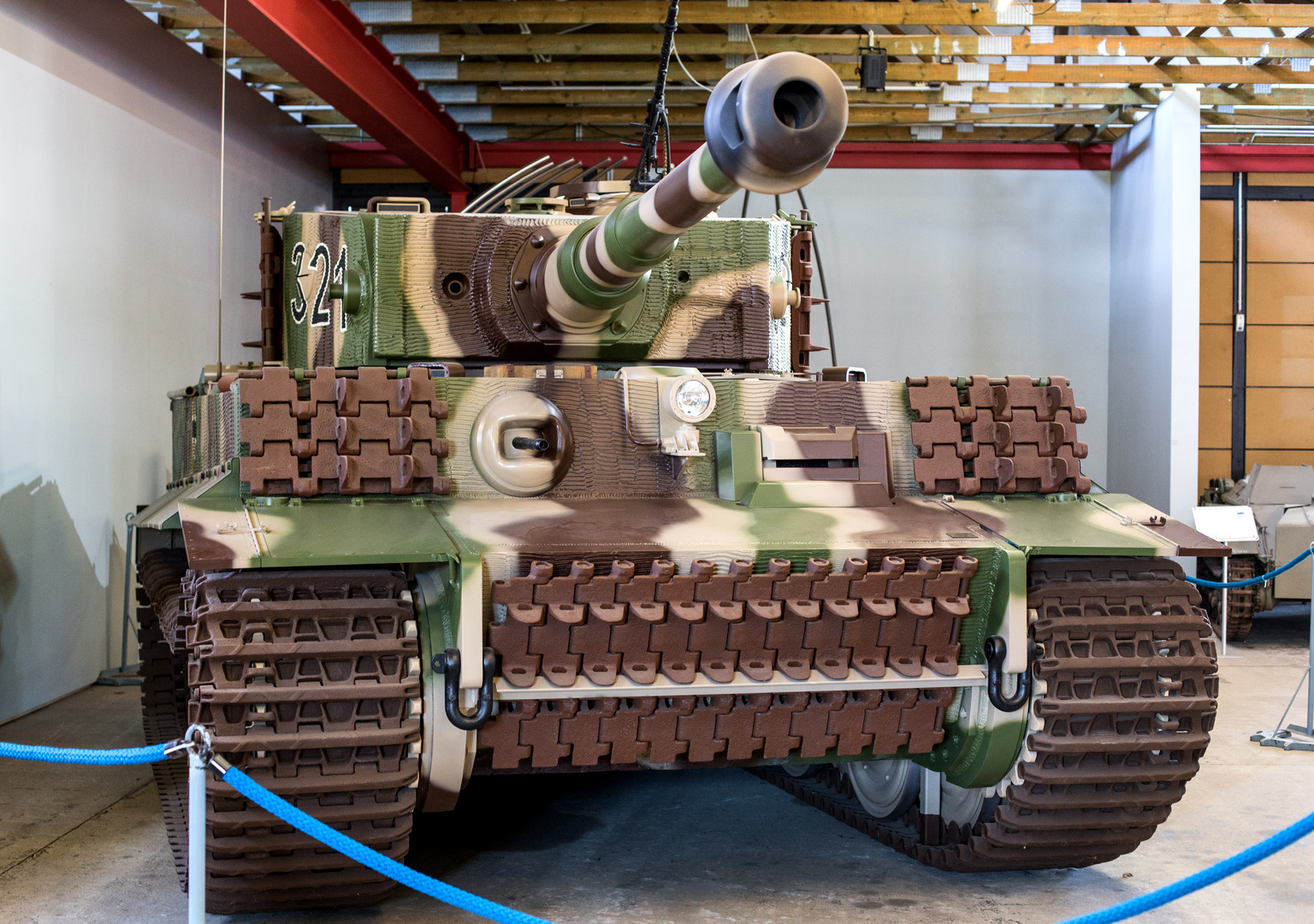
German heavy tank PzKpfw VI Tiger Foto & Bild reportage dokumentation, krieg und seine folgen
Panzerkampfwagen Tiger was the common name of a German heavy tank developed in 1942 and used in World War II. The final official German designation was Panzerkampfwagen VI Tiger Ausf.E, often shortened to Tiger. Tiger was an outstanding design with a powerful gun and good armour, but it was also too complicated and therefore difficult to produce.

Wallpaper Tiger, the Wehrmacht, Panzerkampfwagen VI, German heavy tank, Pz.VI Ausf E images for
Category. : Panzerkampfwagen VI. From Wikimedia Commons, the free media repository. English: Panzerkampfwagen VI (lit. Armored Combat Vehicle 6) was a designation used by Germany for multiple different heavy tank designs, of which the Tiger I was the most widely employed.
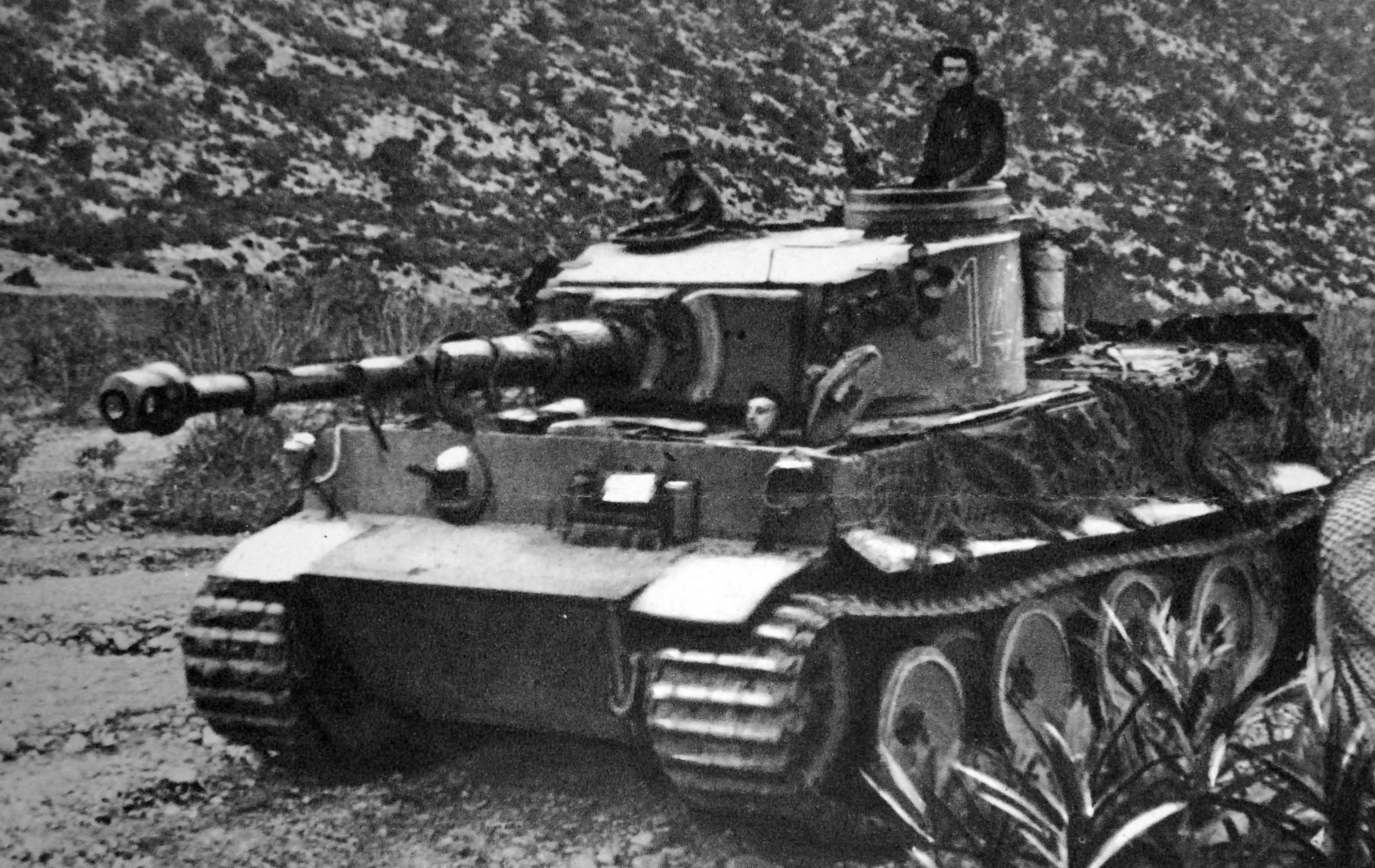
[Photo] PzKpfw VI Ausf. E Tiger I tank circa 1943, location unknown. World War II Database
The Tiger II carried a 71-caliber 88mm main gun. The gun had a muzzle velocity of 3,220 feet per second and could penetrate 7.2 inches of armor plate sloped at a 30° angle at a distance of 500 yards. The Panzerkampfwagen VI Tiger II's armored protection and powerful gun were paid for with agility and mobility.

Panzerkampfwagen VI Tiger Militär Wissen
Tiger I is the common name of a German heavy tank developed in 1942 and used in World War II. The final official German designation was Panzerkampfwagen VI Tiger Ausf.E, often shortened to Tiger. The Tiger I gave the Wehrmacht its first tank which mounted the 88 mm gun in its first armored fighting vehicle-dedicated version: the KwK 36.
_cropped.jpg)
Panzerkampfwagen VI Tiger Wikipedia
Engine Details on the Tiger's Maybach engine. Suspension Wheel, track and suspension information. Transmission Transmission and steering data. Videos Movies showing the Tiger in action. Paint Various examples of Tiger I paint schemes. Aces The highest scoring Tiger personnel. Links Websites and other Tiger I resources.

PzKpfw VI Tiger Ausf E Taken at TankFest 2015 at the Bovington Tank Museum German tanks
The Panzerkampfwagen VI Tiger I was powered by a 700-horsepower Maybach engine, and its road speed was listed as 24 miles per hour. But even with extra-wide tracks, the Tiger I's cross-country mobility was poor, and it was subject to frequent mechanical breakdowns.

tank PzKpfw VI Tiger Photograph by Dmitry Laudin Fine Art America
Panzerkampfwagen VI Tiger - Sd.Kfz. 181, With technical data on Ausf. E. Much better known as the mighty "Tiger". The story of the Tiger started a little different than other panzers. During the Spanish civil war, Hitler declared he supported Franco, the leader of the Spanish Nationalists. Without intending to provoke an all-out war, he.
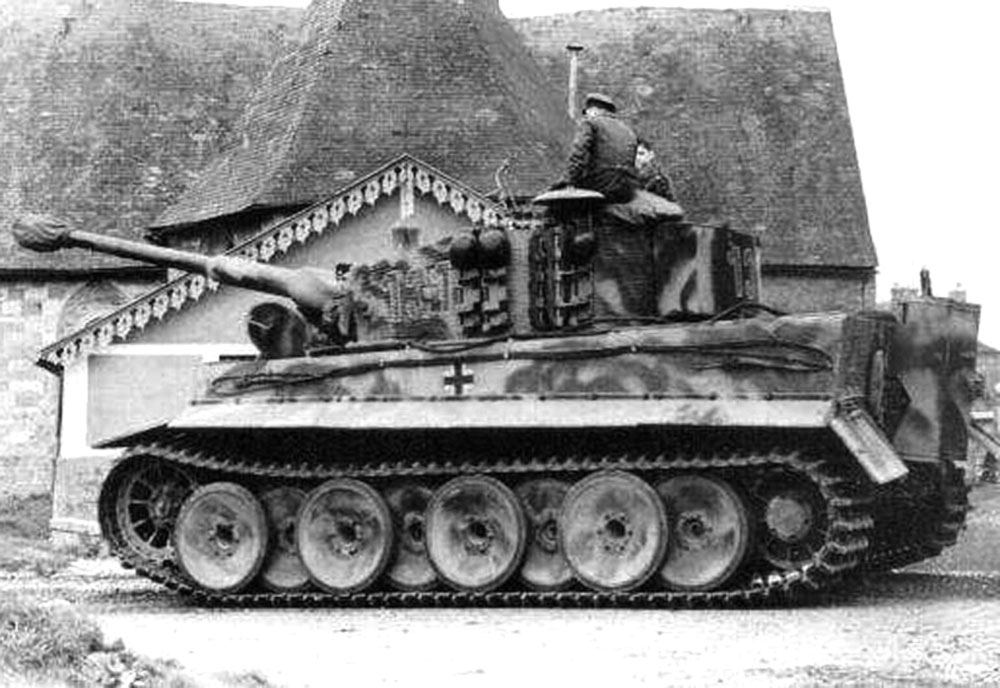
SdKfz 181 Panzer VI / Tiger I
German Reich (1944) Demolition Vehicle - 1 Converted. The Tiger tank is undoubtedly one of the most famous tanks to have ever existed, with dozens of books on the topic covering development, production, and combat. Yet, despite the fame and a lot of hyperbole related to the combat performance, in particular, there is still plenty of misinformation about the tank and its variants, one of.